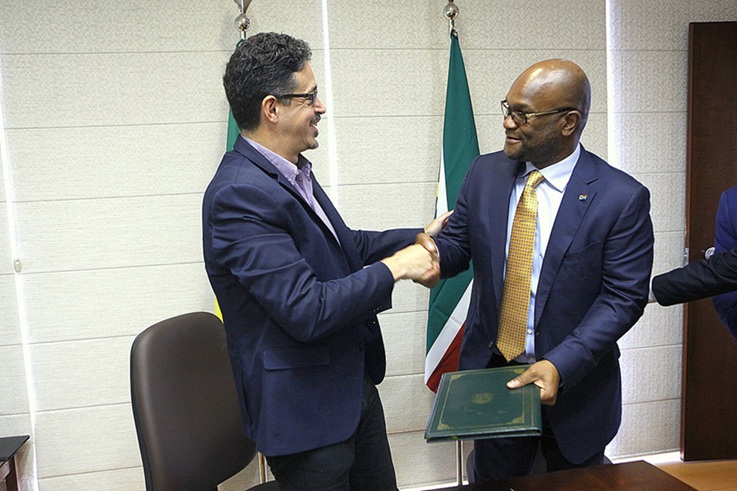In a seldom-seen, grand military procession held in downtown Seoul on Tuesday, the South Korean armed forces proudly displayed a wide range of cutting-edge weapons manufactured within the country. During the event, the country’s top military leader issued a stern warning to North Korea, cautioning that a nuclear assault on South Korea could lead to the downfall of the Kim Jong-un regime.
Central Seoul witnessed a spectacle of missiles, tanks, and various military equipment, accompanied by troops and civilians, as South Korea celebrated Armed Forces Day with its first large-scale military parade in a decade.
For the inaugural occasion, US Forces Korea joined the street parade, emphasizing the strength of their unwavering alliance.
To mark the 75th anniversary of Armed Forces Day, observed annually on October 1st, South Korea showcased its formidable conventional military strength, sending a clear message to North Korea amidst escalating nuclear threats.
This prominent military procession through the streets, the first in ten years, took place shortly after President Yoon Suk Yeol delivered a strong cautionary message to North Korea during a military inspection ceremony.
“If North Korea uses nuclear weapons, its regime will be brought to an end by an overwhelming response from the ROK-US alliance,” President Yoon in his address at Seoul Air Base.
During Tuesday’s procession, approximately 3,700 soldiers, accompanied by more than 170 units of military hardware, including South Korea’s advanced ‘high-power’ missiles, K2 main battle tanks, and unmanned aerial vehicles, marched in formation through misty autumn rain from Sungnyemun Gate to Gwanghwamun Square in downtown Seoul.
Amidst the rain, crowds of onlookers sheltered beneath umbrellas as they lined Sejongno Street, a thoroughfare that cuts through the heart of Seoul, eager to witness the procession of soldiers, military academy cadets, and armored vehicles.
The parade served as a clear message to North Korea, featuring important weaponry from Seoul’s three-axis deterrence strategy, including the Hyunmoo surface-to-surface missiles. South Korea has developed various types of Hyunmoo missiles, such as ballistic and cruise missiles, as crucial components of the Korea Massive Punishment and Retaliation (KMPR) plan.
KMPR is a critical part of a three-part defense system, which also includes the Kill Chain preemptive strike platform and the Korea Air and Missile Defense (KAMD) system, aimed at deterring and defending against North Korean threats.
In addition, the parade featured South Korea’s in-development Long-range Surface-to-Air Missile system, designed to intercept incoming ballistic missiles at altitudes between 50 and 60 kilometers. This system is anticipated to play a significant role in the Korea Air and Missile Defense (KAMD) strategy.
The event also showcased the military’s unmanned combat technologies, including unmanned aerial vehicles and an unmanned underwater vehicle, reflecting their growing importance in future warfare plans.
Because of adverse weather conditions, the military had to cancel the scheduled performances by the Air Force’s Black Eagles aerobatic team, along with flights by helicopters and warplanes, which included Apache attack helicopters and F-35A stealth fighters.
President Yoon emphasized that North Korea’s ongoing development of nuclear and missile capabilities and its open display of nuclear threats pose a significant danger to the safety of South Korea’s citizens and a serious threat to global peace.
He reiterated that North Korea should understand that nuclear weapons can never ensure its security. Yoon also stressed that South Korea’s military is fully prepared to respond immediately to any provocations from North Korea, emphasizing the importance of a robust military as the foundation for maintaining peace on the Korean Peninsula.
This commitment to military strength stems from the painful lessons of the 1950-53 Korean War, initiated by North Korea’s invasion, which shattered the region’s peace.
(Source: Ji Da-gyum | The Korea Herald | Chae Yun-hwan | Yonhap News Agency)







